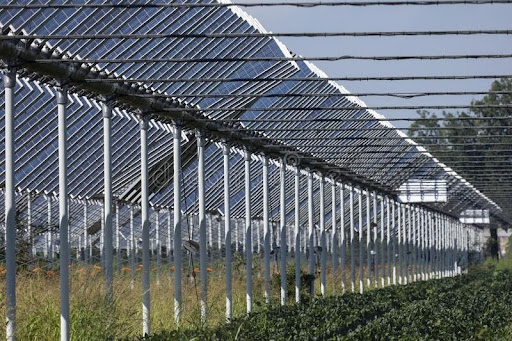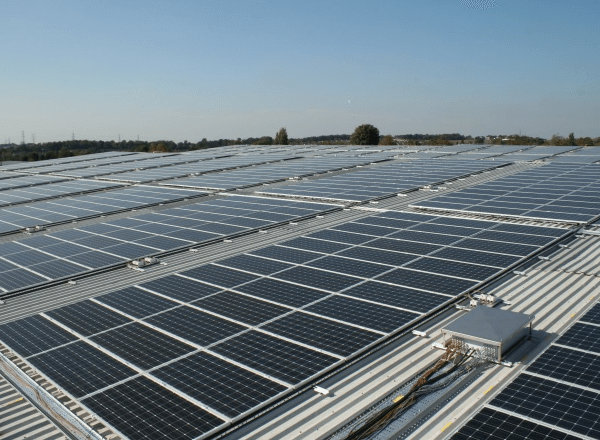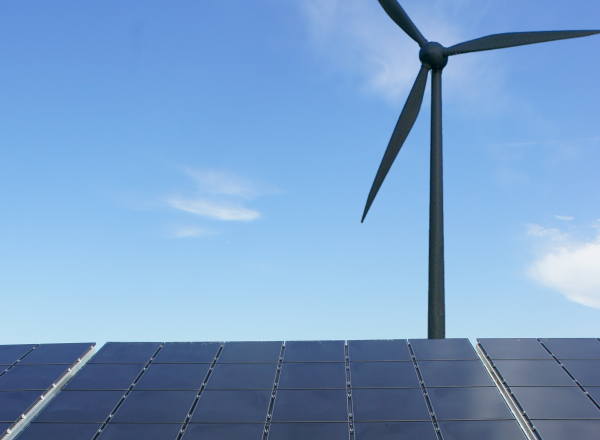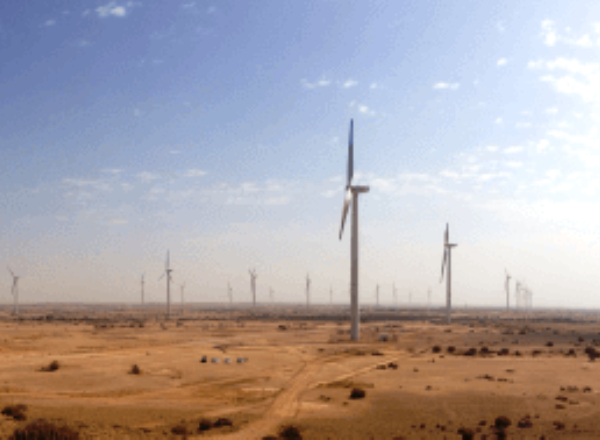Agrivoltaics is the practice of using the same area of land for both solar photovoltaic power as well as for agriculture, which implies that solar panels and crops will share sunlight.
This type of co-development is not new to the industry. Often terrain used for agriculture purposes is also used by wind developers to harness the power of wind, or animals grazing in farms help controlling the height of the grass in solar photovoltaic fields. There are also some cases were floating photovoltaic panels are used to reduce water evaporation in water reservoirs [1].

Figure 1: Agrivoltaic systems with fixed solar panels on agricultural greenhouses [2]
The system
Panel’s structure is higher, and panels are mounted at a higher height compared to normal photovoltaic plants, enabling the use of the land for agriculture purposes. Overall, there are three basic types of agrivoltaics: solar arrays with space between for crops, tilted solar arrays above crops and greenhouse solar arrays [1].
Advantages and Disadvantages
There are some significant benefits in using this technology:
- When panels are used in combinations with shade-tolerant crop types creates a 30% added value to the systems.
- They can create a favourable microclimate and control heat and water flow for summer crops’.
- Residual water from the panel’s cleaning process is used for irrigation of crops.
- Crops provide a cooling effect to panels increasing their efficiency. Crops needs less water since panels provide shading reducing the water evaporation.
However, there are several disadvantages related to this type of technology:
- Only some crops are suitable for this technique. This is because the panels will reduce the amount of light reaching the ground. Therefore, panels can only be used in combination with crops that do not require a significant amount of light.
- Mounting costs for the solar panel system are expected to be much higher since panels will be at a higher elevation above ground.
- Farming machineries need to be adapted to avoid crashing against the solar panels’ system.
- It is necessary to leave gaps between panels because some Sun light need to reach the ground. This configuration is less efficient compared the one used for common solar farms since with the same area less energy is generated [1].
About Pager Power
Pager Power undertakes technical assessments for developers of renewable energy projects and tall buildings. For more information about what we do, please get in touch.
References
[1] Agrivoltaics, Dricus De Rooij, date: n.d., last accessed: 05/10/2021
[2] Roberto Dani. Date: n.d. Last accessed on 6th October 2021. Available at: https://www.dreamstime.com/agrivoltaic-agrivoltaics-agrophotovoltaics-co-developing-same-area-land-both-solar-photovoltaic-power-as-well-image228971220#



